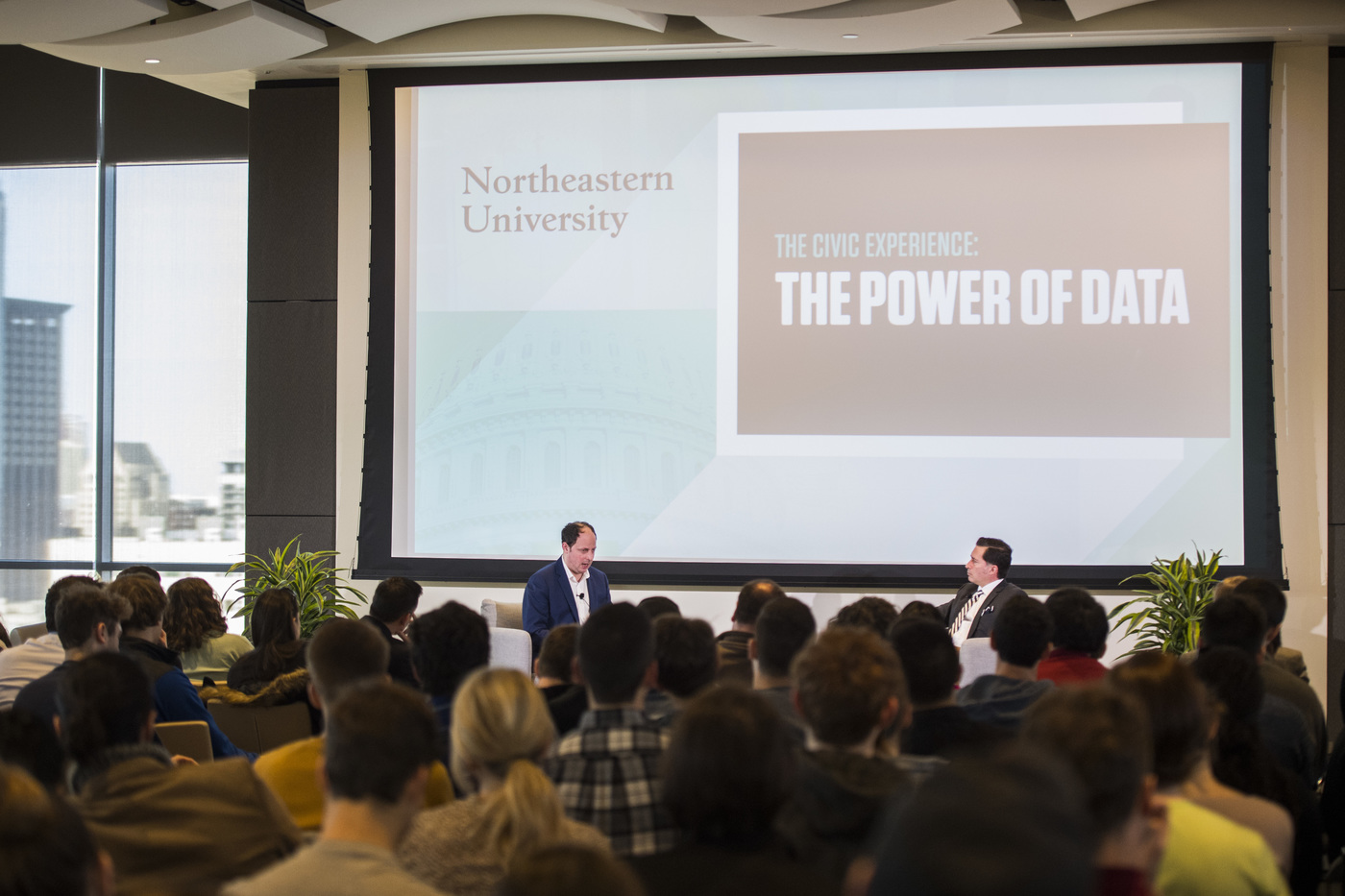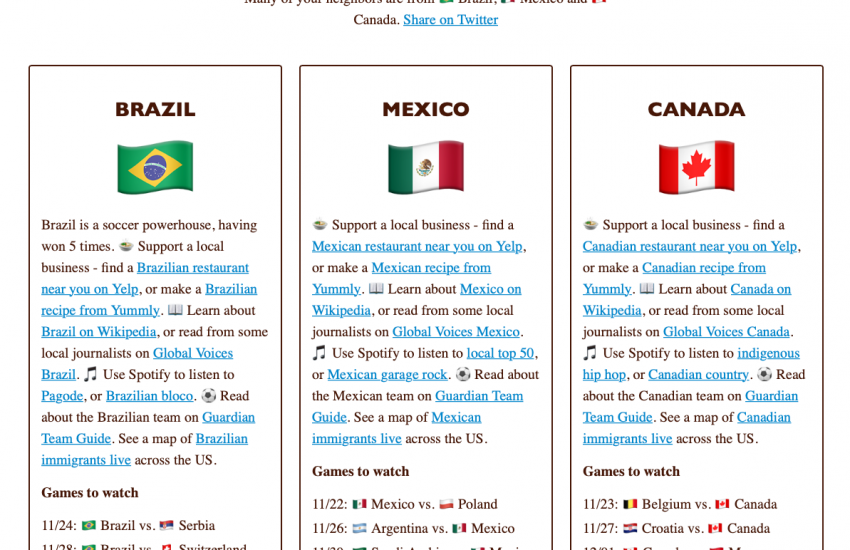Nate Silver talks elections and ways to improve polling data for 2020
Nate Silver, founder of the data-driven news site FiveThirtyEight, spoke about the importance of data during a talk at Northeastern University last week which formed part of a campus series called “The Civic Experience.”
Much of Silver’s panel discussion with Northeastern political science professor Costas Panagopolous centered on the 2016 election. During that election cycle and leading right up to the night of that election, it seemed like a foregone conclusion that Hillary Clinton was going to easily defeat Donald Trump to become the next – and first woman – president of the United States.
Instead, as we all well know, Trump started picking up key swing states and, despite losing the popular vote, won the Electoral College to become the 46th president. Much of the shock that came from Trump’s victory was directed back at media outlets that had been near-certain in their predictions of a Clinton victory, with some election models giving Clinton as much as a 99 percent chance to win.
That was not the case with Silver’s FiveThirtyEight.
“We had Trump winning 33 percent of the time in the Electoral College,” Silver said. “That’s a one out of three possibility… There were other models that gave Trump a 15 percent chance – which I think is reasonable – and then there were others that gave him a one percent chance.”
While FiveThirtyEight‘s election model has gotten a lot of flack, Silver was quick to deflect blame back toward major news outlets, like The New York Times and Washington Post. Their analysis of Trump was “smug” and “dismissive,” according to Silver, leading many voters to believe that there was very little chance Trump was going to even be competitive, let alone win.
Silver was also clear to note that, at least with his model, there were a few times in the last couple of months leading up to the 2016 election in which his forecast showed a tight race. One of those was when Clinton fainted, bringing her health into question – and into the headlines.
But it was the number of undecided voters that had the biggest impact on off-base models, said Silver, and that will have an impact on 2020. As elections gets closer, he said, pollsters need to push their undecided voters harder to side with one politician to provide forecasters with a better idea of where everyone stands.
In 2016, that wasn’t done nearly enough, leading to a lot of room for error, which showed up when results started to pour in, especially among one key voting group: the working class.
“All that Trump needed to win was for him to overperform with one voting group – white working class,” Silver said. “All those undecideds went to him and it was enough to win him the election.”
Photo: Adam Glanzman / Northeastern University.





